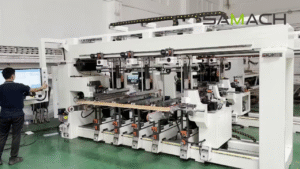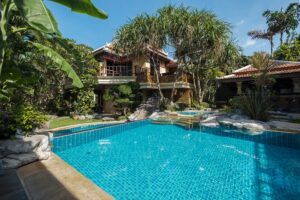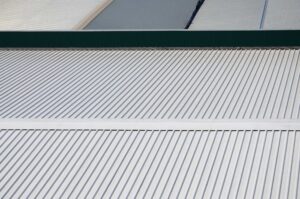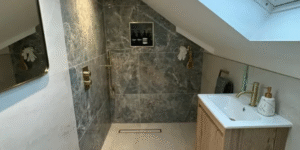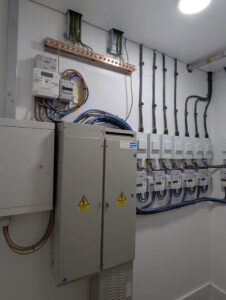
Printed Circuit Boards (PCBs) are the backbone of modern electronics, and the choice of substrate material plays a crucial role in their performance, reliability, and cost. Whether you’re developing a simple consumer gadget or a complex aerospace system, selecting the right PCB substrate can make or break your project.
In this guide, we’ll break down the key factors to consider when choosing a substrate material for PCB making.
What is a PCB Substrate?
A PCB substrate is the base material upon which the copper traces and components are mounted. It provides mechanical support and electrical insulation between layers. The most common substrate materials are FR-4, CEM-1, polyimide, ceramic, and flexible materials like PET or PI (polyimide film).
Why Substrate Material Matters in PCB Design
Choosing the correct substrate impacts:
-
Thermal stability
-
Signal integrity
-
Electrical performance
-
Mechanical strength
-
Manufacturing cost
Different applications require different properties. For example, a high-speed communication device needs a low-loss dielectric material, while an LED lighting board may prioritize thermal conductivity.
Key Factors to Consider When Choosing a PCB Substrate
1. Thermal Performance
If your application involves high power or temperature-sensitive environments, thermal conductivity and glass transition temperature (Tg) are critical.
-
FR-4 has decent Tg (~130-180°C), suitable for standard electronics.
-
Polyimide and ceramics offer higher Tg and are ideal for aerospace or automotive use.
2. Electrical Properties
Key properties include:
-
Dielectric constant (Dk) – affects signal speed and impedance.
-
Dissipation factor (Df) – relates to signal loss.
For high-frequency or RF circuits, opt for materials like Rogers laminates with low Dk and Df values.
3. Mechanical Strength and Flexibility
Consider whether the PCB needs to bend or withstand mechanical stress.
-
Rigid boards: FR-4, CEM-1
-
Flexible boards: Polyimide, PET
-
Rigid-flex combinations for compact, movable designs.
4. Moisture Resistance
Some applications (outdoor, marine, medical) demand materials that resist moisture absorption to prevent performance degradation.
-
FR-4 absorbs moisture but is manageable with coatings.
-
Ceramic and polyimide substrates offer superior moisture resistance.
5. Cost and Availability
Budget constraints often influence material choices.
-
FR-4 is the most economical and widely used.
-
High-end materials like Teflon or ceramic are costlier but offer premium performance for critical applications.
Common PCB Substrate Materials and Their Applications
| Substrate | Properties | Ideal Use |
|---|---|---|
| FR-4 | Cost-effective, decent thermal and electrical performance | General electronics, consumer devices |
| Polyimide | High thermal resistance, flexible | Aerospace, automotive, flex PCBs |
| CEM-1 | Cheaper alternative to FR-4 | Low-cost consumer goods |
| Ceramic | Excellent thermal and electrical performance | High-frequency, power electronics |
| Rogers | Low loss, stable dielectric | RF/microwave, 5G, military-grade |
Pro Tips for Selecting the Right PCB Substrate
-
Consult with your PCB manufacturer early in the design phase.
-
Balance performance needs with cost.
-
Consider multilayer requirements – not all materials are suitable for multilayer PCBs.
-
Don’t overlook compliance and certification standards (UL, RoHS, IPC).
Final Thoughts
Choosing the right substrate material in PCB making is a strategic decision that affects the entire lifecycle of your product. Evaluate your design’s electrical, thermal, and mechanical demands before settling on a material. For mission-critical applications, investing in high-performance substrates ensures reliability and long-term success.
Whether you’re working with FR-4 for a standard board or ceramic for advanced tech, understanding your options is key to making the right call.
